Wonder & Awe: Books
Further resources, if available, can be found in our full bibliography.
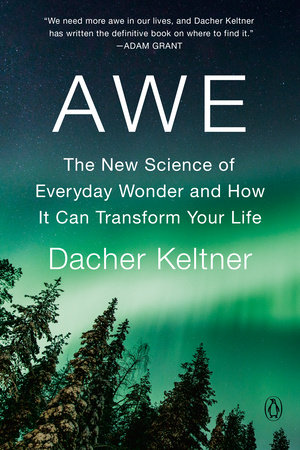
Awe: The New Science of Everyday Wonder and How It Can Transform Your Life
Dacher Keltner
Penguin Books
2024
In Awe, Dacher Keltner presents a sweeping investigation and deeply personal inquiry into this elusive feeling. Revealing new research alongside an examination of awe across history, culture, and within his own life, Keltner shows readers how cultivating awe in their everyday lives leads to an appreciation of what is most humane in their human nature. At turns radical and profound, brimming with enlightening and practical insights, Awe is a field guide for how to place this emotion as a vital force within person’s life.
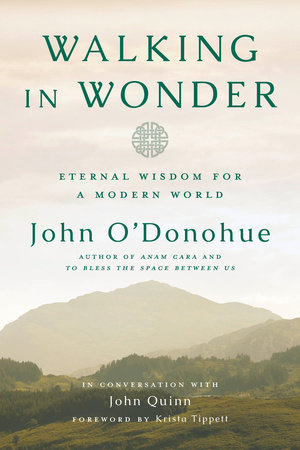
Walking in Wonder: Eternal Wisdom for a Modern World
John O’Donohue, John Quinn
Convergent Books
2018
Drawing upon the wisdom of spirituality and Celtic mysticism, these chapters span a number of years and explore themes such as imagination, landscape, the medieval mystic Meister Eckhart, aging, and death. Walking in Wonder is presented in O’Donohue’s inimitable lyrical style, and filled with insights that will feed the “unprecedented spiritual hunger” he observed in modern society.
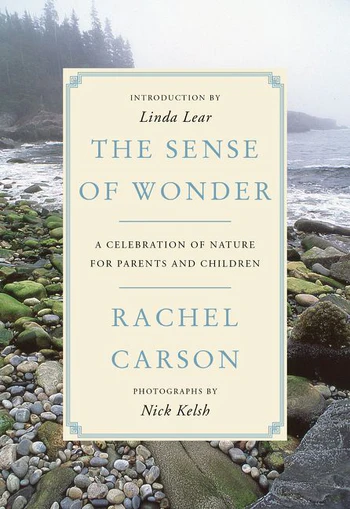
The Sense of Wonder: A Celebration of Nature for Parents and Children
Rachel Carson
HarperCollins Publishers [1965]
2017
First published a half-century ago in 1965, Rachel Carson’s The Sense of Wonder remains the classic guide to introducing children to the marvels of nature. In 1955, acclaimed conservationist Rachel Carson–author of Silent Spring–began work on an essay that she would come to consider one of her life’s most important projects. Her grandnephew, Roger Christie, had visited Carson that summer at her cottage in Maine, and together they had wandered the surrounding woods and tide pools. Teaching Roger about the natural wonders around them, Carson began to see them anew herself, and wanted to relate that same magical feeling to others who might hope to introduce a child to the beauty of nature. “If a child is to keep alive his inborn sense of wonder,” writes Carson, “he needs the companionship of at least one adult who can share it, rediscovering with him the joy, excitement and mystery of the world we live in.”
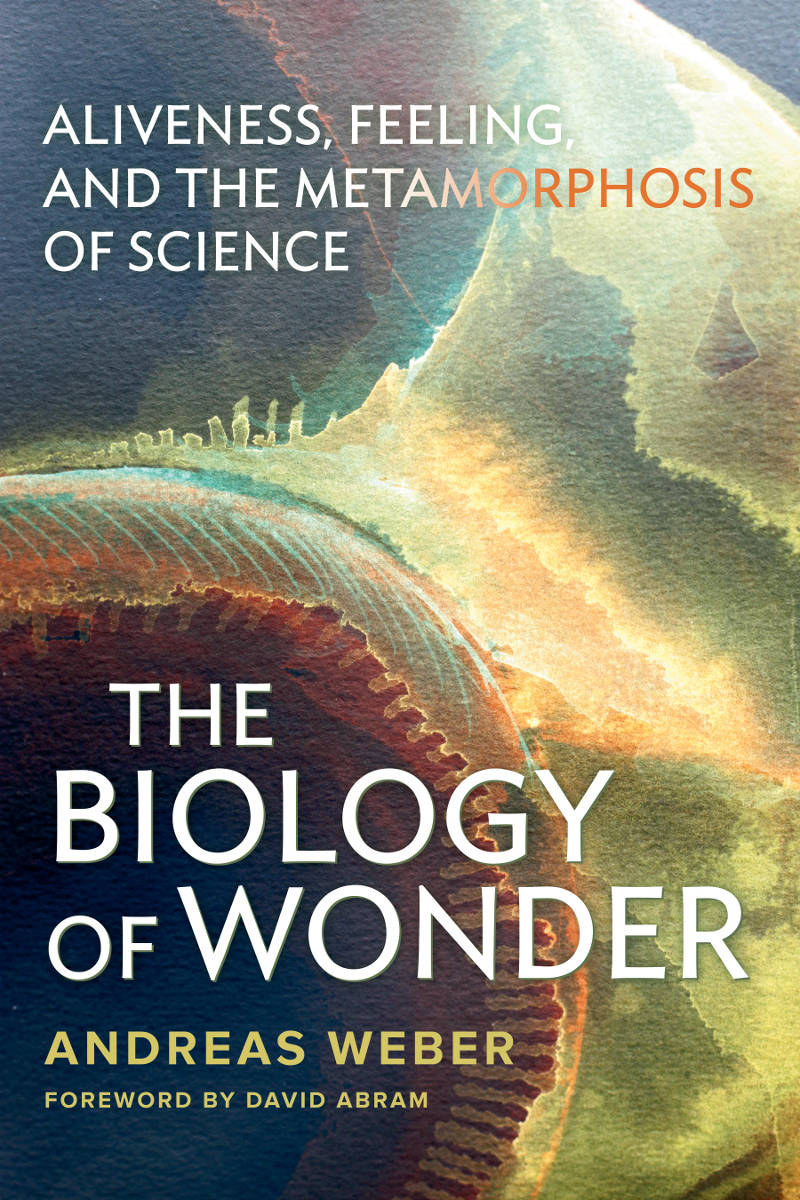
The Biology of Wonder: Aliveness, Feeling, and the Metamorphosis of Science
Andreas Weber
New Society Press
2016
What is Life? In The Biology of Wonder, scientist Andreas Weber reframes this fundamental enigma by arguing that all living beings, like humans, are not biological machines, but living, creative agents fueled by meaning and expression. Weber proposes a new approach–the development of a “poetic ecology”–which intimately attaches the human species to every being and underpins the entire range of human experience. He argues that feelings and emotions, far from being superfluous to the study of organisms, are the very foundation of life. The schism between humans and the natural world is arguably the root cause of most of the environmental catastrophes unraveling around the planet. Until humans come to terms with the depths of their alienation, they will fail to understand that what happens to nature also happens to them. The work demonstrates that this connection to Earth’s dynamic web of interconnected relationships underpins the entire range of human experience, giving rise to a new ecological ethos, and demonstrating that subjectivity and imagination are the prerequisites of biological existence.
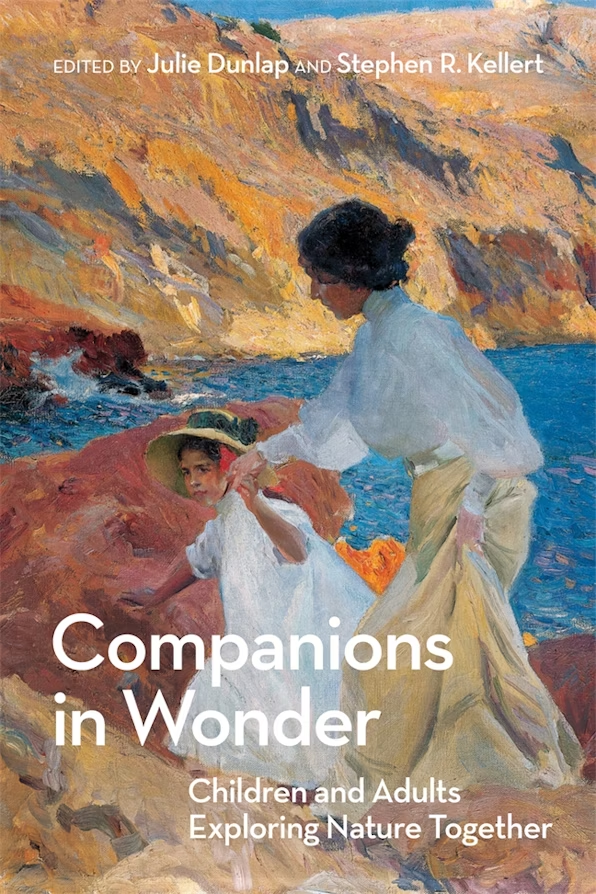
An anthology of adventures with children in the natural world, from capturing fireflies to encountering a grizzly bear. Rachel Carson’s classic 1956 essay, “Help Your Child to Wonder,” urged adults to help children experience the sense of wonder that comes only from a relationship with nature. It’s clear that many humans haven’t succeeded in following her advice: eight-year-olds surveyed in the United Kingdom could identify more Pokémon characters than common wildlife species. Richard Louv’s recent book Last Child in the Woods identifies a “nature deficit disorder” in children around the world. But today a growing number of environmentally-minded parents, teachers, and other adults are seeking to restore nature to its rightful place in children’s lives. This anthology gathers personal essays recounting adventures great and small with children in the natural world. The authors–writing as parents, teachers, mentors, and former children–describe experiences that range from bird watching to an encounter with an apple butter-loving grizzly bear. Rick Bass captures fireflies with his children and reflects on fatherhood; Michael Branch observes wryly that both gardening and parenting are “disciplines of sustainability”; Lauret Savoy wonders how African American children can connect to the land after generations of estrangement; and Sandra Steingraber has “the big talk” with her children, not about sex but about global warming. By turns lyrical, comic, and earnest, these writings guide readers to closer connections with nature and with the children in their lives, for the good of the planet and their own spiritual and physical well-being.
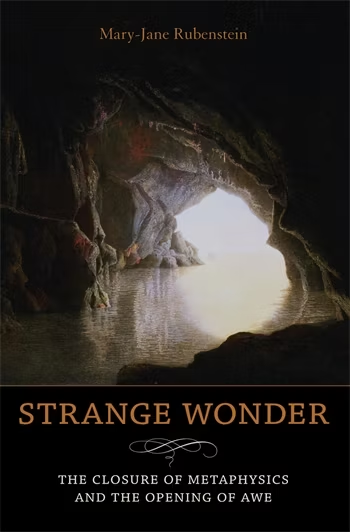
Strange Wonder: The Closure of Metaphysics and the Opening of Awe
Mary-Jane Rubenstein
Columbia University Press
2009
Strange Wonder confronts Western philosophy’s ambivalent relationship to the Platonic “wonder” that reveals the strangeness of the everyday. On the one hand, this wonder is said to be the origin of all philosophy. On the other hand, it is associated with a kind of ignorance that ought to be extinguished as swiftly as possible. By endeavoring to resolve wonder’s indeterminacy into certainty and calculability, philosophy paradoxically secures itself at the expense of its own condition of possibility.
Photo Credit: Sunset in Santa Barbara, california; OC Gonzalez/Unsplash